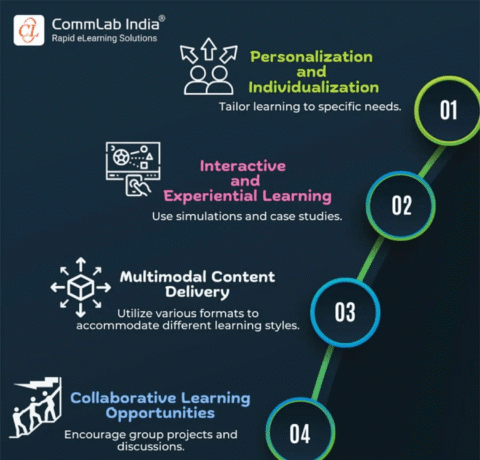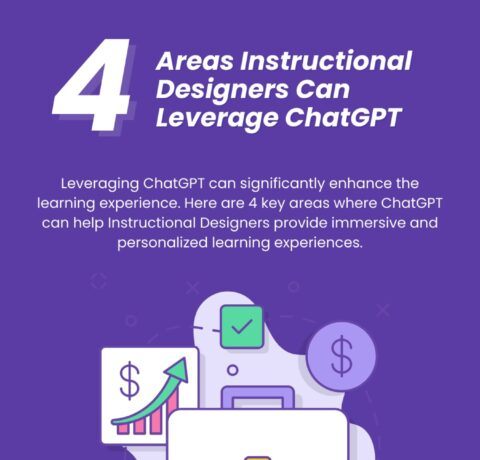7 Key Tenets of Understanding by Design® Framework Infographic
The Understanding by Design® framework (UbD™ framework) offers a planning process and structure to guide curriculum, assessment, and instruction. Its two key ideas are contained in the title:
- focus on teaching and assessing for understanding and learning transfer, and
- design curriculum “backward” from those ends.
The UbD framework is based on seven key tenets:
- Learning is enhanced when teachers think purposefully about curricular planning. The UbD framework helps this process without offering a rigid process or prescriptive recipe.
- The UbD framework helps focus curriculum and teaching on the development and deepening of student understanding and transfer of learning (i.e., the ability to effectively use content knowledge and skill).
- Understanding is revealed when students autonomously make sense of and transfer their learning through authentic performance. Six facets of understanding—the capacity to explain, interpret, apply, shift perspective, empathize, and self-assess—can serve as indicators of understanding.
- Effective curriculum is planned backward from long-term, desired results through a three-stage design process (Desired Results, Evidence, and Learning Plan). This process helps avoid the common problems of treating the textbook as the curriculum rather than a resource, and activity-oriented teaching in which no clear priorities and purposes are apparent.
- Teachers are coaches of understanding, not mere purveyors of content knowledge, skill, or activity. They focus on ensuring that learning happens, not just teaching (and assuming that what was taught was learned); they always aim and check for successful meaning making and transfer by the learner.
- Regularly reviewing units and curriculum against design standards enhances curricular quality and effectiveness, and provides engaging and professional discussions.
- The UbD framework reflects a continual improvement approach to student achievement and teacher craft. The results of our designs—student performance—inform needed adjustments in curriculum as well as instruction so that student learning is maximized. The Understanding by Design framework is guided by the confluence of evidence from two streams—theoretical research in cognitive psychology, and results of student achievement studies.
A summary of the key research that undergirds UbD framework can be found here.







You can adjust your cookie preferences here.